Shubham Joshi
Ngram-LSTM Open Rate Prediction Model and Error_accuracy@C metric: Simple effective, and easy to implement approach to predict open rates for marketing email
Jan 25, 2023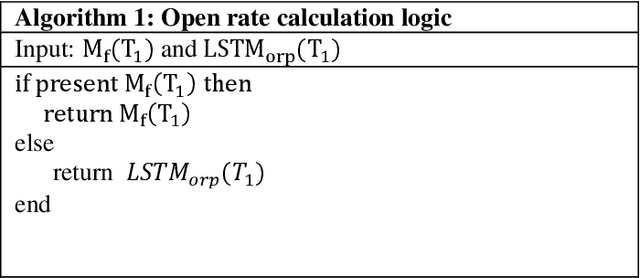
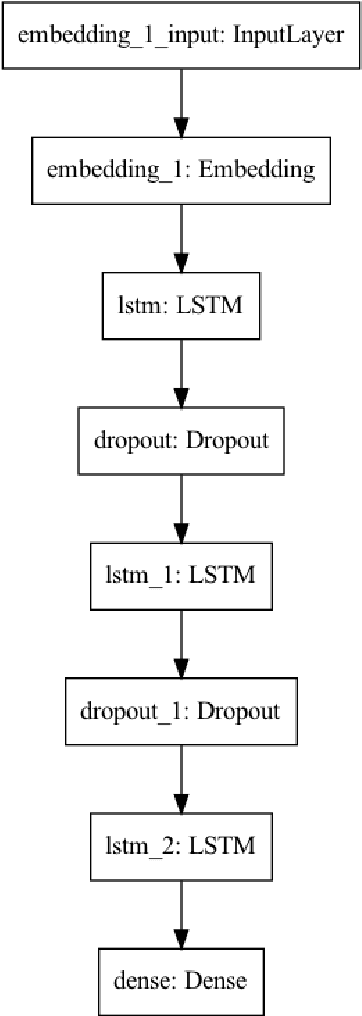
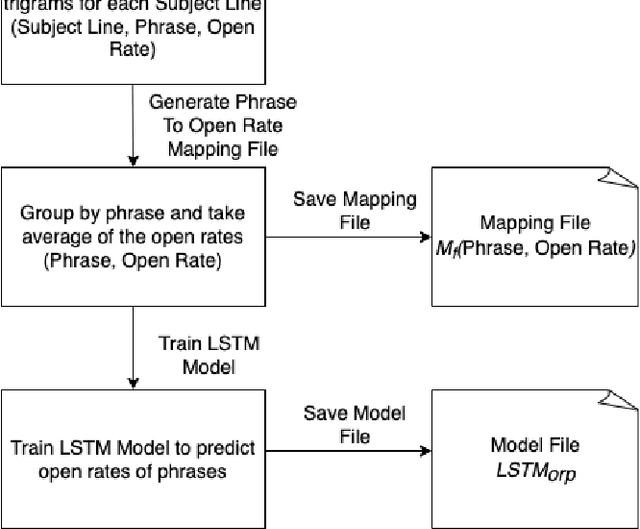
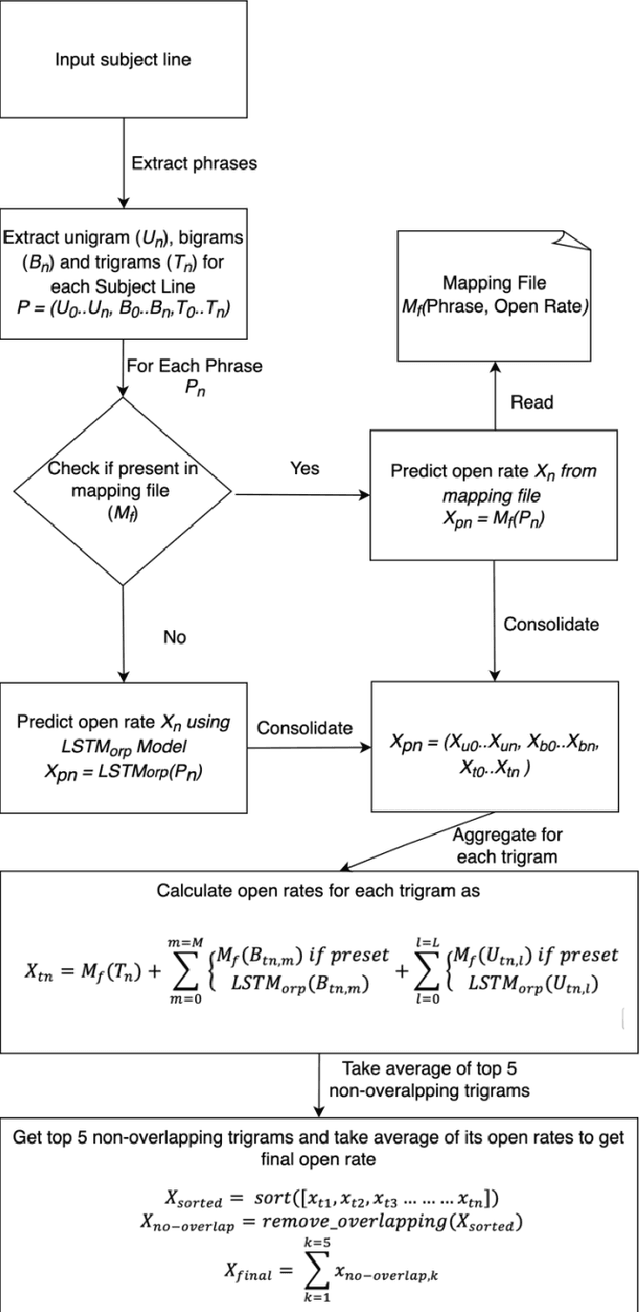
Abstract:Our generation has seen an exponential increase in digital tools adoption. One of the unique areas where digital tools have made an exponential foray is in the sphere of digital marketing, where goods and services have been extensively promoted through the use of digital advertisements. Following this growth, multiple companies have leveraged multiple apps and channels to display their brand identities to a significantly larger user base. This has resulted in products, worth billions of dollars to be sold online. Emails and push notifications have become critical channels to publish advertisement content, to proactively engage with their contacts. Several marketing tools provide a user interface for marketers to design Email and Push messages for digital marketing campaigns. Marketers are also given a predicted open rate for the entered subject line. For enabling marketers generate targeted subject lines, multiple machine learning techniques have been used in the recent past. In particular, deep learning techniques that have established good effectiveness and efficiency. However, these techniques require a sizable amount of labelled training data in order to get good results. The creation of such datasets, particularly those with subject lines that have a specific theme, is a challenging and time-consuming task. In this paper, we propose a novel Ngram and LSTM-based modeling approach (NLORPM) to predict open rates of entered subject lines that is easier to implement, has low prediction latency, and performs extremely well for sparse data. To assess the performance of this model, we also devise a new metric called 'Error_accuracy@C' which is simple to grasp and fully comprehensible to marketers.
Student Engagement Detection Using Emotion Analysis, Eye Tracking and Head Movement with Machine Learning
Sep 18, 2019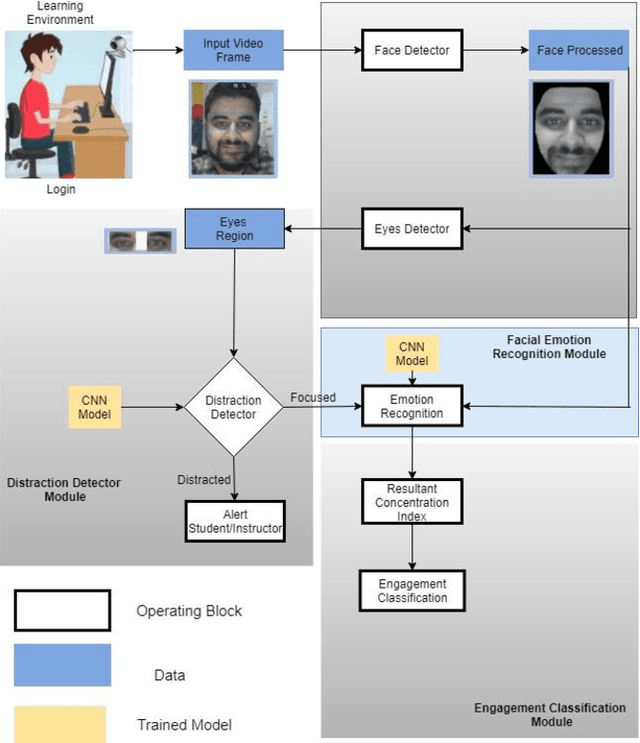
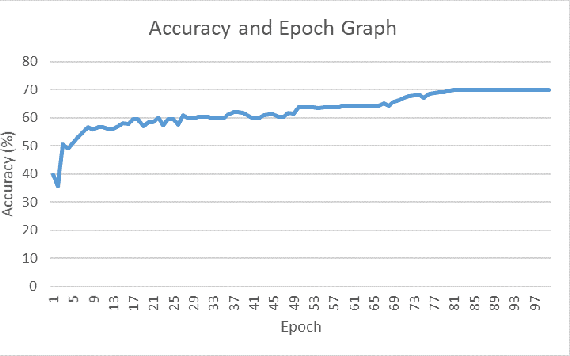
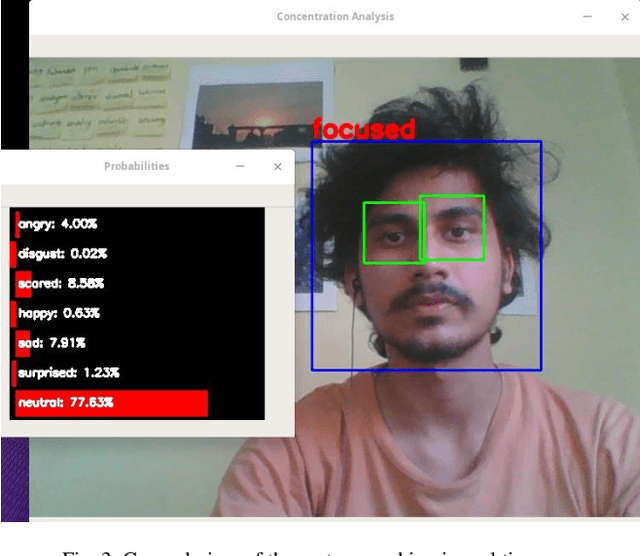
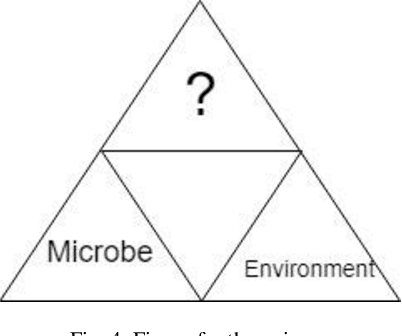
Abstract:With the increase of distance learning, in general, and e-learning, in particular, having a system capable of determining the engagement of students is of primordial importance, and one of the biggest challenges, both for teachers, researchers and policy makers. Here, we present a system to detect the engagement level of the students. It uses only information provided by the typical built-in web-camera present in a laptop computer, and was designed to work in real time. We combine information about the movements of the eyes and head, and facial emotions to produce a concentration index with three classes of engagement: "very engaged", "nominally engaged" and "not engaged at all". The system was tested in a typical e-learning scenario, and the results show that it correctly identifies each period of time where students were "very engaged", "nominally engaged" and "not engaged at all". Additionally, the results also show that the students with best scores also have higher concentration indexes.
 Add to Chrome
Add to Chrome Add to Firefox
Add to Firefox Add to Edge
Add to Edge